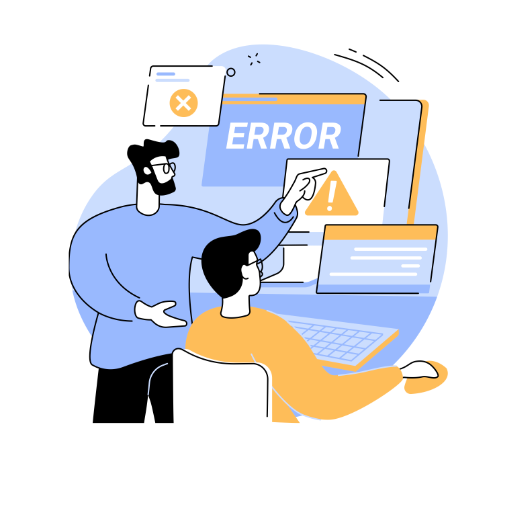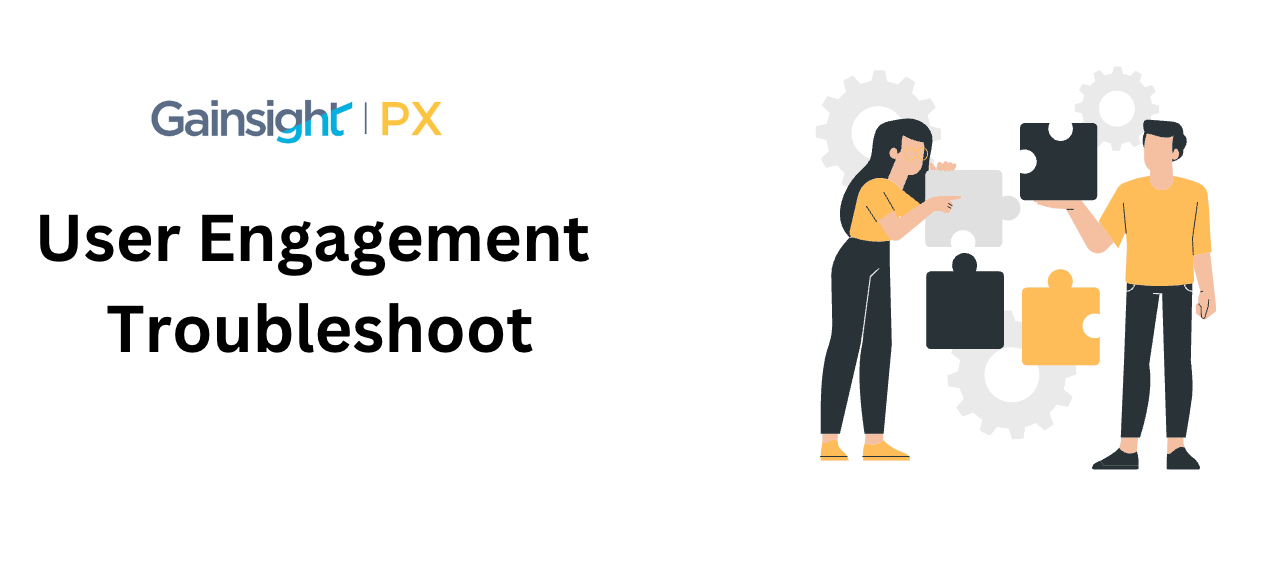Are you experiencing difficulties with user engagement? In the entire customer lifecycle for various programs, you will be running multiple engagements. Do you constantly monitor if they are colliding with each other, know if something is broken, or check what dependencies are associated with a feature?

Utilizing the Gainsight PX Admin Console will help you swiftly identify and address these challenges. Designed to sustain high levels of user interaction, this guide offers actionable insights and best practices to enhance your customer success strategies.
What is Admin Console:
The Admin Console is a one-stop location where administrators can monitor events such as SDK runtime issues, the status of engagements, and integration jobs within the Gainsight PX workspace. The console allows an admin to analyze potential issues in an easy and scalable manner.
To access, navigate to Administration > MONITORING > Admin Console. The following monitoring options are available:

Engagement Monitoring
The Engagement Monitoring section helps you analyze errors in failed engagements.

Scenarios of Usage:
- Identify Root Causes:
- When engagements fail to load properly, it is crucial to identify and address the root causes to maintain user engagement. This prevents users from encountering broken or unresponsive features, which can lead to frustration and decreased satisfaction.
- When engagements fail to load properly, it is crucial to identify and address the root causes to maintain user engagement. This prevents users from encountering broken or unresponsive features, which can lead to frustration and decreased satisfaction.
- Error Analysis:
- By viewing user details and their recent activity that caused a particular error, admins can perform a detailed root cause analysis. This helps in understanding the context of errors and implementing specific fixes, enhancing the reliability and user experience of the product.
- By viewing user details and their recent activity that caused a particular error, admins can perform a detailed root cause analysis. This helps in understanding the context of errors and implementing specific fixes, enhancing the reliability and user experience of the product.
Engagement Collisions:
The Engagement Collisions tab allows you to view and manage engagement conflicts.

Scenarios of Usage:
- Conflict Resolution:
- Tracking which engagement was shown and which conflicted ensures that the most relevant engagement is prioritized. This optimizes the user experience by presenting the most important information or guidance first.
- Engagement Prioritization:
- Refining engagement rules based on real-time conflict data helps in better prioritization of engagements. This ensures that users receive the most pertinent engagements, improving their overall interaction with the product.
- Refining engagement rules based on real-time conflict data helps in better prioritization of engagements. This ensures that users receive the most pertinent engagements, improving their overall interaction with the product.
Integration Sync Monitoring
This section helps monitor the status of data synchronization jobs with integrated applications/platforms.

Scenarios of Usage:
- Data Sync Status:
- Checking the status of ongoing and completed data sync jobs helps ensure that data is being correctly and timely synchronized with other platforms. This is essential for maintaining data integrity and providing users with the most up-to-date information.
- Error Handling:
- Investigating error details and the number of records processed during data sync helps in quickly identifying and resolving synchronization issues. This ensures that all integrated systems work seamlessly, providing a consistent user experience.
Webhook Monitoring
When a Webhook event call is triggered, Gainsight PX captures and stores the Webhook information and tracking logs (errors).

Scenarios of Usage:
- Event Analysis:
- Filtering Webhook calls by various parameters allows for precise analysis of specific events and errors. This helps in understanding the occurrence of each event and ensures that Webhooks function as intended.
- Error Investigation:
- Drilling down to view error information and event request payloads helps in identifying and resolving Webhook issues. This maintains the reliability of automated processes and integrations.
- Drilling down to view error information and event request payloads helps in identifying and resolving Webhook issues. This maintains the reliability of automated processes and integrations.
Dependencies

Description: The Dependencies tab offers an intuitive visualization of the usage of active entities throughout PX.
Scenarios of Usage:
- Impact Analysis:
- Rationale: Before removing or updating an entity, viewing all engagements or reports dependent on it ensures that changes are fully informed. This minimizes the risk of inadvertently disrupting active campaigns or reports.
- Feature Management:
-
Rationale: Managing feature deprecation by identifying all linked areas in PX ensures that obsolete features are safely removed without affecting other functionalities. This maintains the efficiency and relevance of the product’s feature set.
→ What you should do today to take charge of these invisible challenges?
-
-
Access the Admin Console:
-
Navigate to Administration > MONITORING > Admin Console.
-
Familiarize yourself with the layout and available tabs: Engagement Monitoring, Engagement Collisions, Integration Sync Monitoring, Webhook Monitoring, and Dependencies.
-
-
Review Engagement Monitoring:
-
Check for any failed engagements.
-
Drill down into the errors, view user activities, and start root cause analysis.
-
-
Resolve Engagement Collisions:
-
Identify any engagement conflicts.
-
Adjust priority rules to ensure the most relevant engagements are shown first.
-
-
Monitor Integration Sync:
-
Review the status of data synchronization jobs.
-
Address any errors and ensure data is being correctly synced with integrated platforms.
-
-
Analyze Webhook Events:
-
Filter and review Webhook calls.
-
Investigate any errors and validate the event request payloads.
-
-
Manage Dependencies:
-
Use the Dependencies tab to identify active entities and their dependencies.
-
Plan any feature deprecations or updates based on this analysis.
-
Do check this space today to find how well you are managing your user engagement and take full control of what can be improved. Hope you like this trouble shooting guide, stay tuned for more :-)

